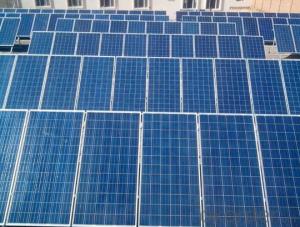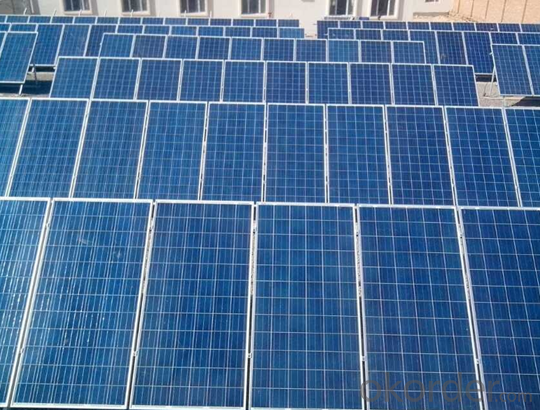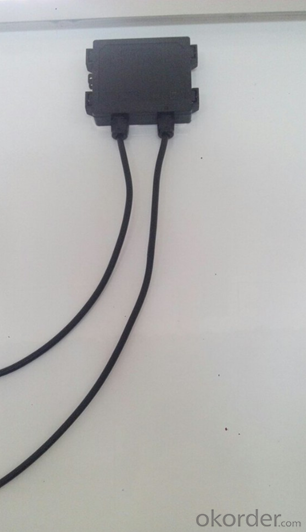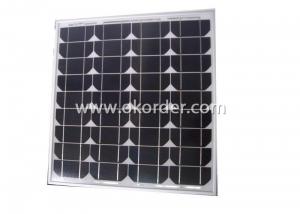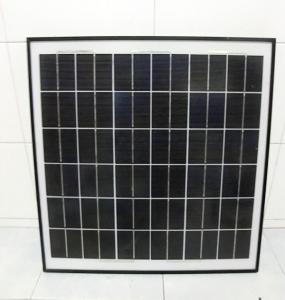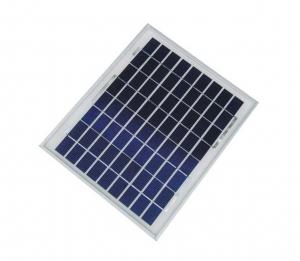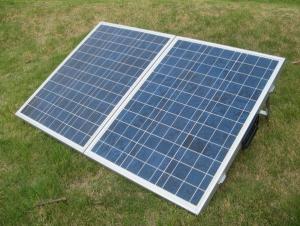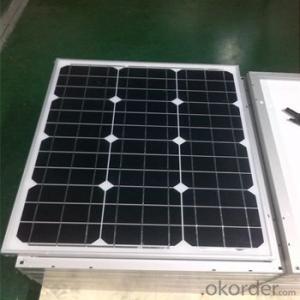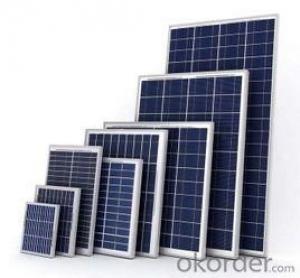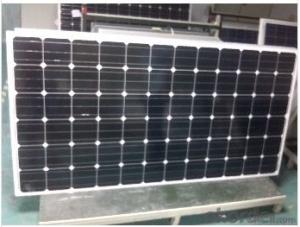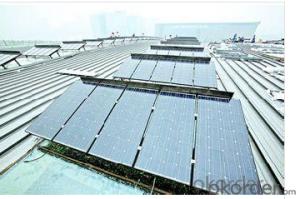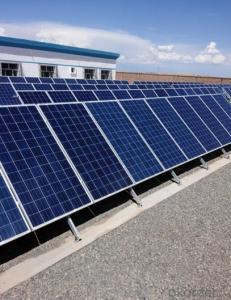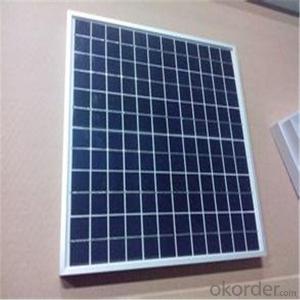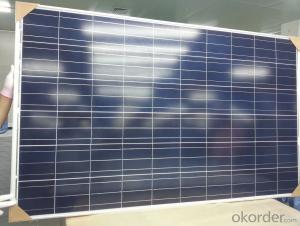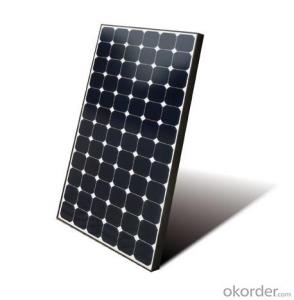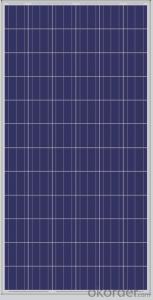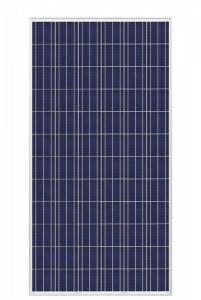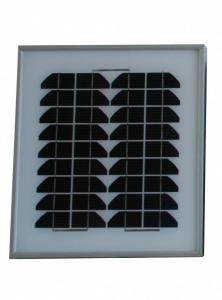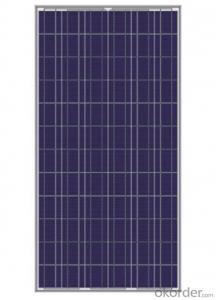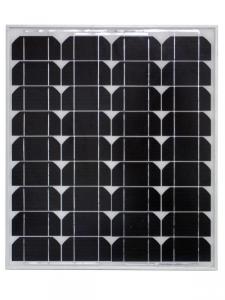Sun Power Solar Panels for Sale - 300w Poly Silicon Solar Module / 300watt Solar Panel with Outlet CNBM
- Loading Port:
- Qingdao
- Payment Terms:
- TT OR LC
- Min Order Qty:
- 10 set
- Supply Capability:
- 300000 set/month
OKorder Service Pledge
OKorder Financial Service
You Might Also Like
Quick Details
| Place of Origin: | China (Mainland) | Brand Name: | CNBM | Model Number: | 285W solar module |
| Material: | Polycrystalline Silicon | Size: | 1956*992*50mm | Number of Cells: | 72 |
| Max. Power: | 285W | Cell Size(mm): | 156*156 | Tolerance: | 0~3% |
| Cells Number(pcs): | 6*12 | Weight(Kg): | 25 | Max.Series Fuse Rating (A): | 15 |
| Max.System Voltage-IEC(V): | 1000 |
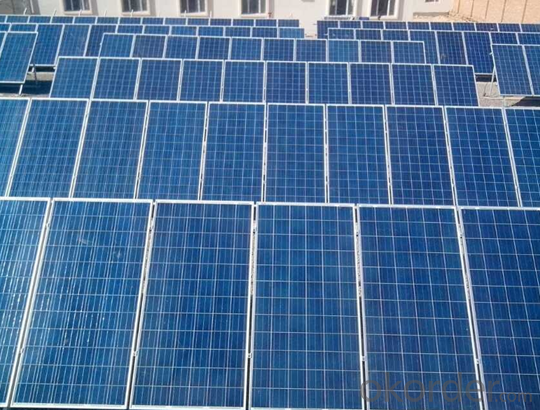
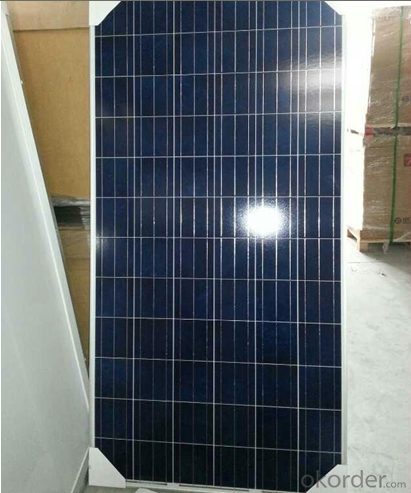

Polycrystalline Solar Module
XH250P(72)/ XH275P(72)/ XH300P(72)
Models | XH250P(72) | XH285P(72) | XH300P(72) |
Max. Power (Pmax) | 250Wp | 285Wp | 300Wp |
Optimum Operating Voltage (Vm) | 34.8V | 35.7V | 35.9V |
Optimum Operating Current (Im) | 7.18A | 7.77 A | 8.08A |
Open-circuit Voltage (Voc) | 43.8V | 35.4 V | 44.4V |
Short-circuit Current (Isc) | 8.04A | 8.24 A | 8.62A |
Cells efficiency | 14.6% | 15.8% | 16.8% |
Dimension L×W×H (mm) | 1956×992×50mm | 1956×992×50 | 1956×992×50 |
Power Tolerance (Pmax) | 0 ~ +3% | 0 ~ +3% | 0 ~ +3% |
Numbers of cells | 60pcs poly solar cell 156×156mm | 72pcs poly solar cell 156×156mm | 72pcs poly solar cell 156×156mm |
weight | 25kg | 25kg | 25kg |
Max system voltage | 1000V DC | 1000V DC | 1000V DC |
Temperature cycling range | -40℃ ~ +85℃ | -40℃ ~ +85℃ | -40℃ ~ +85℃ |
- Q: Can solar panels be used in deserts?
- Yes, solar panels can be used in deserts. In fact, deserts are ideal locations for solar panel installations due to the abundance of sunlight and limited cloud cover. The open and flat terrain of deserts allows for efficient placement and alignment of solar panels, maximizing their exposure to sunlight and increasing energy generation. Additionally, the dry desert climate helps in reducing dust and dirt accumulation on the panels, which can improve their efficiency.
- Q: Can solar panels be installed on a residential community or housing complex?
- Yes, solar panels can be installed on a residential community or housing complex. In fact, many residential communities and housing complexes are increasingly adopting solar energy as a sustainable and cost-effective power source. Installing solar panels can help generate clean and renewable electricity, reduce energy bills, and contribute to a greener environment.
- Q: How much electricity can a solar panel produce?
- The amount of electricity a solar panel can produce depends on several factors, including the size of the panel, its efficiency, and the amount of sunlight it receives. On average, a standard 300-watt solar panel can generate around 300-400 kilowatt-hours (kWh) of electricity per month under optimal conditions. However, it's important to note that actual electricity production may vary based on location, weather conditions, and other variables.
- Q: What is the impact of tree shading on solar panels' efficiency?
- The impact of tree shading on solar panels' efficiency is negative as it reduces the amount of sunlight reaching the panels and therefore decreases their energy production.
- Q: Can solar panels be recycled?
- Yes, solar panels can be recycled. The process involves separating the different components, such as glass, metals, and silicon, which can then be reused in the production of new panels or other products. Recycling solar panels helps reduce waste and promotes the sustainable use of renewable energy technology.
- Q: How do solar panels impact the local economy?
- Solar panels can have a positive impact on the local economy in several ways. Firstly, the installation and maintenance of solar panels create jobs, stimulating employment opportunities. Additionally, solar energy reduces the dependence on fossil fuels, thereby decreasing energy costs and increasing savings for businesses and households. This can lead to more disposable income, which can be spent locally, contributing to economic growth. Moreover, solar energy projects attract investments and promote the growth of renewable energy industries, further boosting the local economy.
- Q: Can solar panels be installed on a small scale?
- Yes, solar panels can be installed on a small scale. In fact, many residential homes and small businesses have successfully installed solar panels to generate their own electricity and reduce their reliance on the grid. Additionally, small scale solar installations are more affordable and easier to manage compared to large-scale projects, making them an accessible option for individuals and communities looking to adopt renewable energy.
- Q: Can solar panels be used in multi-story buildings?
- Yes, solar panels can be used in multi-story buildings. They can be installed on the rooftops or facades of these buildings to harness solar energy and generate electricity. Additionally, advancements in solar panel technology have made it possible to integrate them into building materials, such as windows or cladding, allowing for even more flexibility in their use in multi-story structures.
- Q: Can solar panels be installed on train stations?
- Yes, solar panels can be installed on train stations. In fact, many train stations around the world are adopting solar energy systems to power their operations and reduce their carbon footprint. Solar panels are installed on the roofs or canopies of train stations to harness sunlight and generate electricity, which can be used for lighting, heating, cooling, and other station facilities. This renewable energy source makes train stations more sustainable and helps in the transition towards a greener transportation system.
- Q: Can solar panels be installed on a hospital or medical facility?
- Yes, solar panels can be installed on a hospital or medical facility. In fact, many hospitals and medical facilities have already adopted solar energy to reduce their carbon footprint and lower energy costs. Solar panels can be installed on rooftops or on the ground surrounding the facility, providing clean and sustainable energy to power the facility's operations.
Send your message to us
Sun Power Solar Panels for Sale - 300w Poly Silicon Solar Module / 300watt Solar Panel with Outlet CNBM
- Loading Port:
- Qingdao
- Payment Terms:
- TT OR LC
- Min Order Qty:
- 10 set
- Supply Capability:
- 300000 set/month
OKorder Service Pledge
OKorder Financial Service
Similar products
Hot products
Hot Searches
Related keywords
